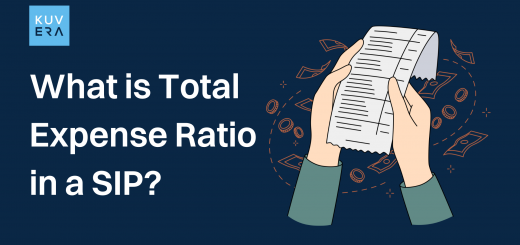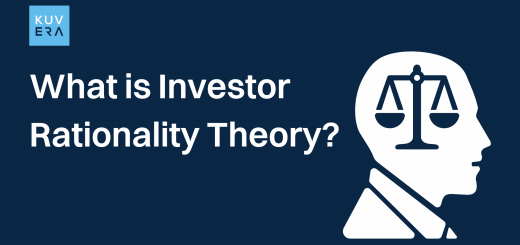What is a bond?
A bond is a type of debt security in which an investor loans money to an entity (typically a corporation or government) for a set period of time in exchange for interest payments. At the end of the loan period, the principal amount of the loan is typically returned to the investor.
Bonds are considered to be a relatively safe investment, as the borrower is typically required to make regular interest payments, and the principal is usually repaid at the end of the loan period. However, bonds are subject to interest rate risk, which is the risk that the value of the bond will decline due to changes in market interest rates.
How does a bond work?
When an investor buys a bond, they are essentially lending money to the issuer of the bond, who may be a corporation, government, or other entity. In exchange for the loan, the issuer agrees to pay the investor a specified rate of interest over the term of the bond, and to repay the principal amount of the loan when the bond matures.
The issuer of the bond typically uses the proceeds from the sale of the bond to fund its operations, such as building a new factory or investing in new equipment. The issuer is then required to make regular interest payments to the bondholders, typically on a semi-annual basis. At the end of the bond’s term, the issuer repays the principal amount of the loan to the bondholders.
The value of a bond can fluctuate over time, depending on a number of factors, such as changes in interest rates and the creditworthiness of the issuer. When interest rates rise, the value of existing bonds typically falls, as investors can get a higher rate of return by investing in new bonds that have been issued at the higher rate. However, if the issuer’s creditworthiness improves, the value of the bond may increase, as investors are willing to pay a higher price for the bond due to the reduced risk of default.
What are the features of a bond?
There are several key features that are common to most bonds, including the following:
Principal amount: The principal amount, also known as the face value or par value, is the amount of money that the investor loans to the issuer of the bond. This is the amount that the issuer agrees to repay at the end of the bond’s term.
Interest rate: The interest rate is the amount of money that the issuer agrees to pay the investor in exchange for the loan of the principal amount. This rate is typically expressed as a percentage of the principal amount, and is paid to the investor on a regular basis, such as semi-annually or annually.
Term: The term is the length of time over which the bond is issued. Most bonds have a fixed term, after which the principal amount is repaid to the investor.
Maturity date: The maturity date is the date on which the principal amount of the bond is repaid to the investor. This is typically the end of the bond’s term, but some bonds may have multiple maturity dates.
Credit rating: The credit rating of a bond is an assessment of the creditworthiness of the issuer, which reflects the issuer’s ability to make timely interest and principal payments. A high credit rating indicates that the issuer is considered to be a low-risk borrower, while a low credit rating indicates a higher risk of default.
Different types of bonds
There are many different types of bonds, including the following:
Government bonds: These are bonds that are issued by national governments, such as the US Treasury or the UK Government. Government bonds are considered to be relatively safe investments, as the risk of default is typically low.
Municipal bonds: These are bonds that are issued by state and local governments, such as cities or counties. Municipal bonds are often tax-exempt, which can make them attractive to investors who are in a high tax bracket.
Corporate bonds: They are issued by corporations to raise money for their operations. Corporate bonds are generally considered to be riskier than government or municipal bonds, as there is a greater risk of default. Know more about corporate bonds here.
High-yield bonds: Also known as junk bonds, they that are issued by companies with a low credit rating. As a result, they offer a higher rate of interest to compensate investors for the higher risk of default.
Floating-rate bonds: These are bonds that have a variable interest rate that is tied to a benchmark rate, such as the prime rate or the London Interbank Offered Rate (LIBOR). The interest rate on floating-rate bonds can change over time, which can provide some protection against rising interest rates.
Click here to know more about bonds and how they can help you during inflationary period.
Interested in how we think about the markets?
Read more: Zen And The Art Of Investing
Watch/hear on YouTube: What are Dynamic Bond Funds?
Start investing through a platform that brings goal planning and investing to your fingertips. Visit Kuvera.in to discover Direct Plans and Fixed Deposits and start investing today.
#MutualFundSahiHai #KuveraSabseSahiHai!











